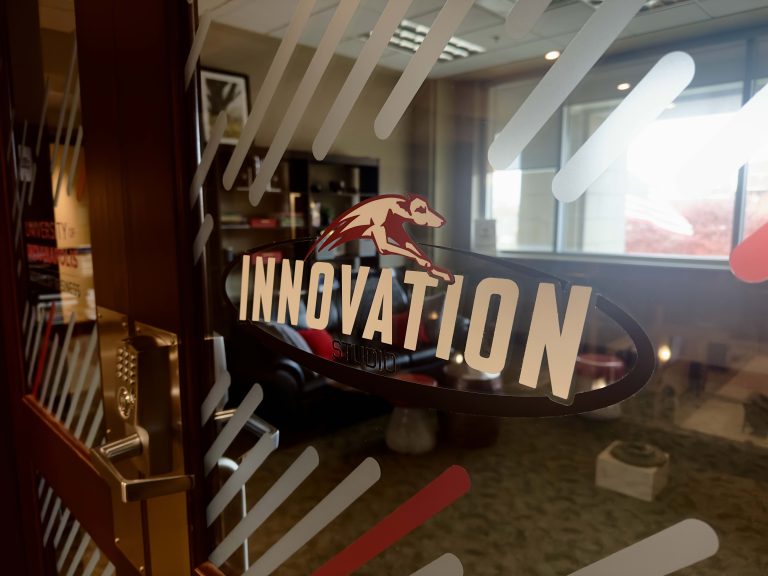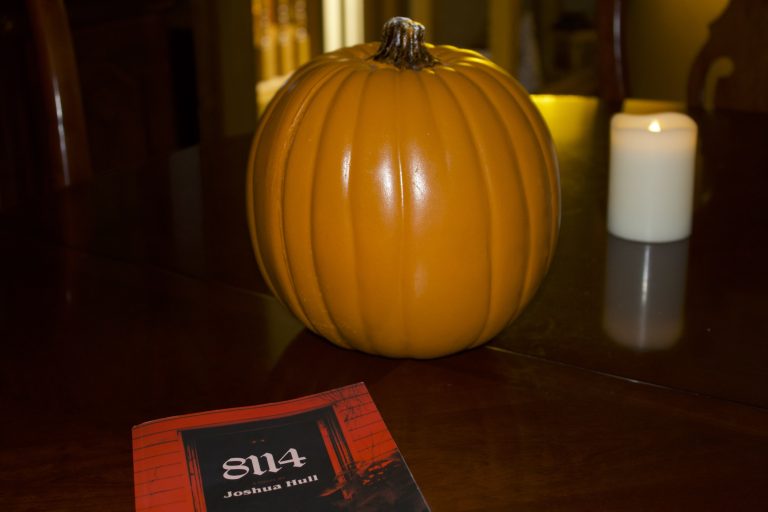After five years of planning, The University Heights Neighborhood Association is in the developing stages of its park project. This project is a combined effort of the University of Indianapolis, Keep Indianapolis Beautiful and the UHNA.
The project is located along Mathews and Edwards Avenues. UHNA park committee leader and Chair and Associate Professor of social sciences James Pennell have helped bring many initiatives to the neighborhood. Pennell, however, attributes the beginning of these neighborhood projects to his former neighbor and an alumnus of UIndy.

“We [the neighbors] reorganized it [UHNA] four or five years [ago], and one of the neighbors who no longer lives in the neighborhood … thought that one of the things that we should do to build a collaborative spirit among neighbors and between neighbors of the university was to do a tree project,” Pennell said.
Through various grants, the association has planted 117 native Indiana trees. After many plantings, Pennell said that the neighborhood was ready for a bigger project. The opportunity came to the association when UIndy tore down an apartment complex that it owned.
“So the university had the property for the Cummins apartments, where they took the apartments down, and they didn’t really know what to do with it,” Pennell said. “So one of the ideas was: would the neighborhood be interested in developing a neighborhood park?”
Pennell saw this as an opportunity to add to his neighborhood and use the resources available through UIndy and a grant from KIB.
“We [UHNA] applied for it [the grant] when partnership with the university began, and we didn’t get it,” Pennell said. “So we did another tree planting, including planting trees on that lot with KIB, which was part of their NeighborWoods grant. And then we applied for it [the grant] again and got it.”
Through this grant, the association will plant native greenery, including prairie grass, tree canopies and planters. Now that the land is secure, UIndy has donated $100,000 to help build a shelter and patio in the park through another grant. Co-coordinator for UHNA Quinten Starks, a UIndy alumnus, said that having these native plants is important for the landscape and education of everyone who comes in contact with the park.
“[The park will be] a model for what sustainability looks like when you’re designing a small park,” Starks said.
He also said that it is a good example of how Indiana looked before it was developed.
“Showing how planting native plants can be beneficial for drought resistance, and also highlighting what this area had to offer before it was developed into a big urban space, it’s important and it allows people to have more pride in their local neighborhoods or areas,” Starks said.
Pennell said that the park is now in the building stages with big events that include all groups involved. He said that the park will give his neighborhood a positive space in which to gather.
“We are a stronger, friendlier, collaborative neighborhood as a result of these projects,” Pennell said.
According to Pennell, the neighborhood and university also have grown closer because of this partnership. Pennell said that many UIndy students live in his neighborhood, and he enjoys being able to incorporate them into the projects.
“These projects have given us [UHNA] an opportunity to get to know each other, as well as some of the students that live in the neighborhood,” Pennell said. “I think it’s increased the understanding between the neighborhood and the university. Being a community anchor is [a] priority now for the [UIndy] president in the new strategic plan. ”
Starks also is excited to see the work between his university and his neighborhood.
“Having the university come in and let us use the land is amazing. That’s a great gift,” Starks said. “We see it as the university has an opportunity for outdoor education and—to involve many different departments within the park and the neighborhood—sees it as a place where we can go to gather and [a] place we can go to meet.”







